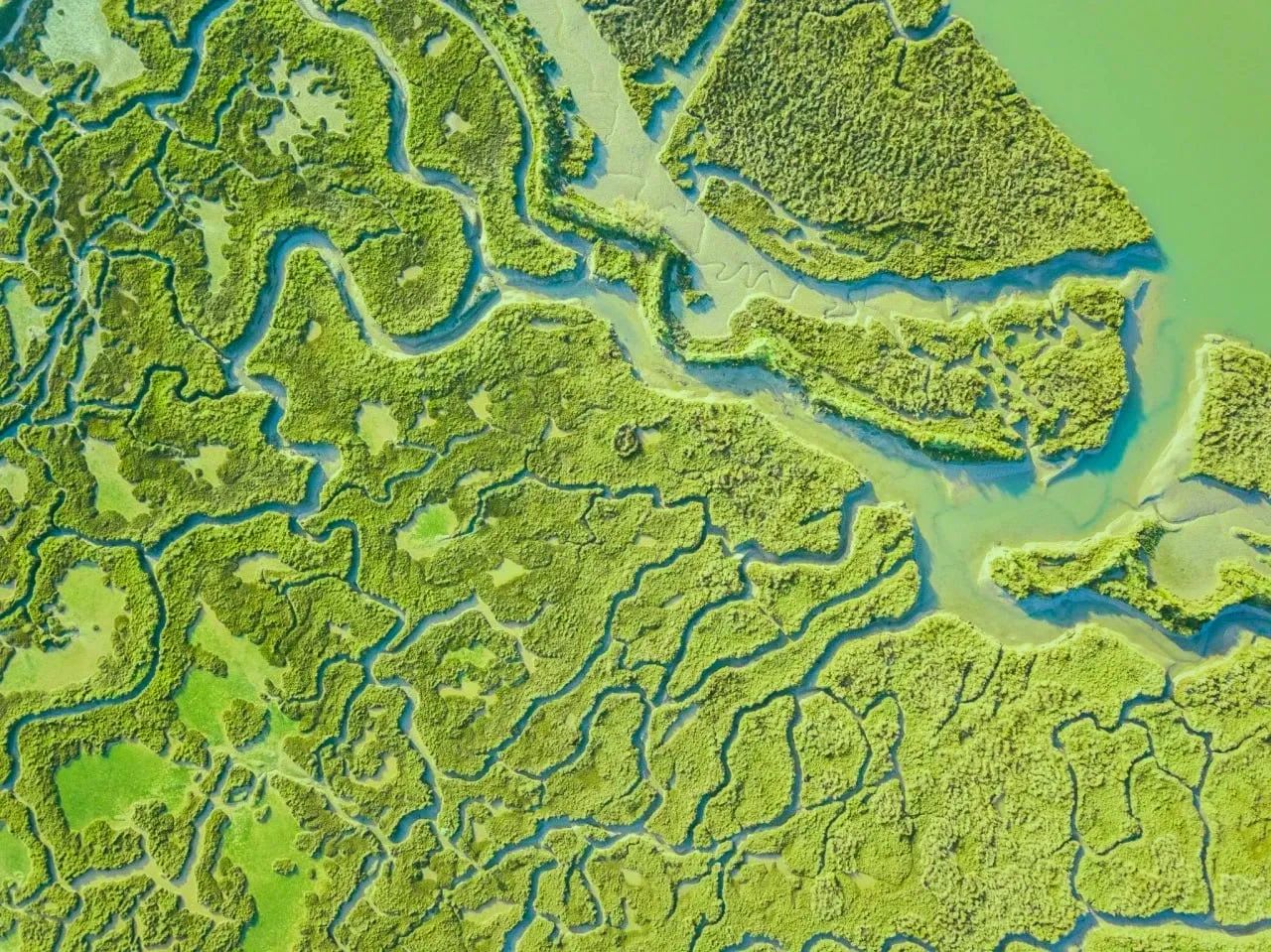Cross-post from the EcoResilience Initiative website.
Ahead of the launch of our pilot recommendations in November, we wanted to update the community on what we have been working on in recent months. We share a rough overview of our process below, and welcome your critical feedback!
NB: This is an ongoing process and much of what we present here is imperfect - think of it as a “poor man’s methodology” - but we believe that there is value in being transparent about where we are and how we got here.

Core Values
Our priorities are extinction prevention and thriving ecosystems, with a focus on long-term timescales. Read more about us on our website and on the EA forum.
We are extremely resource-limited and had difficulty assessing thriving ecosystems, so we decided to focus almost exclusively on extinction prevention for our first assessment. We hope to correct this in later iterations.
We follow a cut-down version of Charity Entrepreneurship’s research process.
Big List of Interventions
We started with a big funnel - listing every intervention we are aware of, and checking for more. We sorted them by the biggest extinction risks, level of funding, thriving ecosystems, impact on extinction prevention, and duration of their impact. We collected a list of important things to consider such as scaling, feasibility, complexity, track record, and problem growth/shrinkage, which would come in handy for our next phase.
Prioritization Dashboard
We then created a "prioritization dashboard” where we specifically tracked Tree of Life, Thriving Ecosystems, Longtermism for every intervention. This dashboard was designed to figure out “where to start researching.” It is an internal thinking tool, with guesses and informal comments. Please note that it does not reflect our final conclusions, nor the rigor of our deliberation. In the dashboard we started to list our certainty, the area impacted, counterfactuals, funding neglect, and other relevant notes. We began marking which interventions merit further investigation. This dashboard went through two or three re-formulations as we rethought our prioritization approach.
A key part of this phase was posing our biggest crux questions for each intervention that would determine whether they would be good candidates for further research, or if they had fundamental issues. For example: “What is the best ecosystem engineer, and how much impact do they create?” “Where do canals exist in the world, and are these the same places that need more wetlands?” After answering questions like these, we narrowed down to about 20 from the original 65 (and many more maybes).
It is during this phase that we stopped tracking “thriving ecosystems” as a component of our current impact assessment. Ecosystem health is not a well documented part of conservation, trying to evaluate it was too complex and it was simply too time consuming to pursue.
Key Evaluation Factors
We realised that we needed to investigate which factors would have the biggest impact on the outcomes of these interventions. With support from the Sustainability Incubator Program we hosted an “adaptive action” workshop on our five key factors for evaluating intervention effectiveness: Species Affected, Extinction Risk, Future Projection, Operational Requirements, and Community Support. We reached out to dozens of multidisciplinary professors, and in the workshop we explored the merits of a range of indicator metrics for each key factor.
A Turning Point
Our efforts were refocussed following an enlightening conversation with another researcher (also working on biodiversity prioritisation), where we discussed their process and how it differs from our own. This revealed how we can take advantage of our unique research strengths in this space: EcoResilience Initiative - as a small team of agile researchers outside of traditional conservation organizations - can more easily research interventions with “left field” approaches and high-risk high-reward profiles, and are more free to openly assess controversial methods. We began writing the shallow dives immediately afterwards with renewed confidence.
Shallow Dives
We started by listing the characteristics of a strong intervention. Next we wrote a “first impressions” paragraph on every intervention; stating what makes it likely/unlikely to be the top intervention. Each month we selected 4 more to research in-depth, writing a 1-5 page overview, and published our findings. In the next 3 months we released 13 shallow dives. These painted a picture of each intervention’s track record, potential for impact, and biggest bottlenecks. These preliminary research summaries allowed us to rank interventions or discard them if we found intractable problems. At the end we could clearly select the top 3-7 interventions, and began comparing them in a more rigorous way. We chose to leave 5 other interventions from our top 20 for later investigation.
Top Interventions
We will compare the top 3-4 interventions side by side and will compare them with benchmark “average” conservation interventions. We will produce a final intervention recommendation in the next month. We are also beginning to list the organizations that are working on those interventions in preparation for our November donation recommendation.
What’s next?
In our upcoming October newsletter we will announce our initial results, along with a quantified comparison with a benchmark “average” conservation intervention. Don’t forget to subscribe and look out for updates!
Others working in this space: GivingGreen’s Biodiversity Recommendation, coming soon!
How can I help?
Donate - Share - Connect us with funders - Connect us with collaborators - Volunteer
